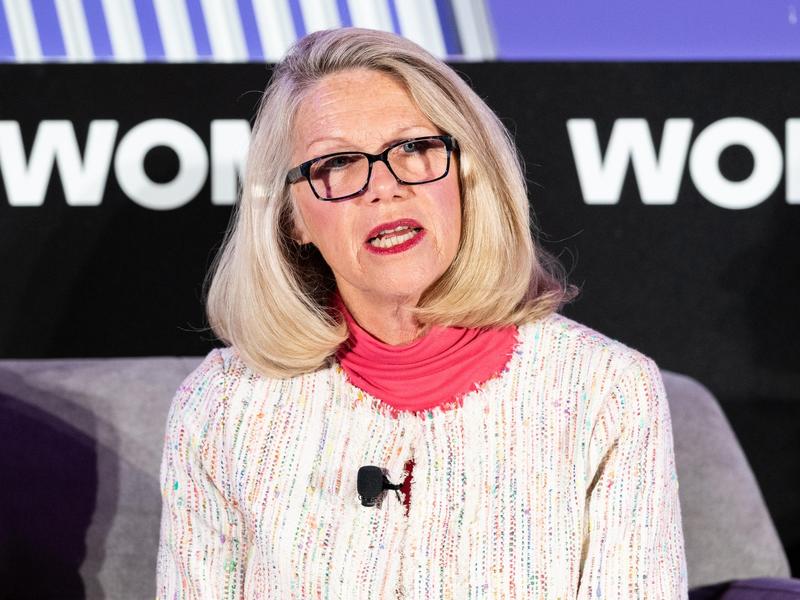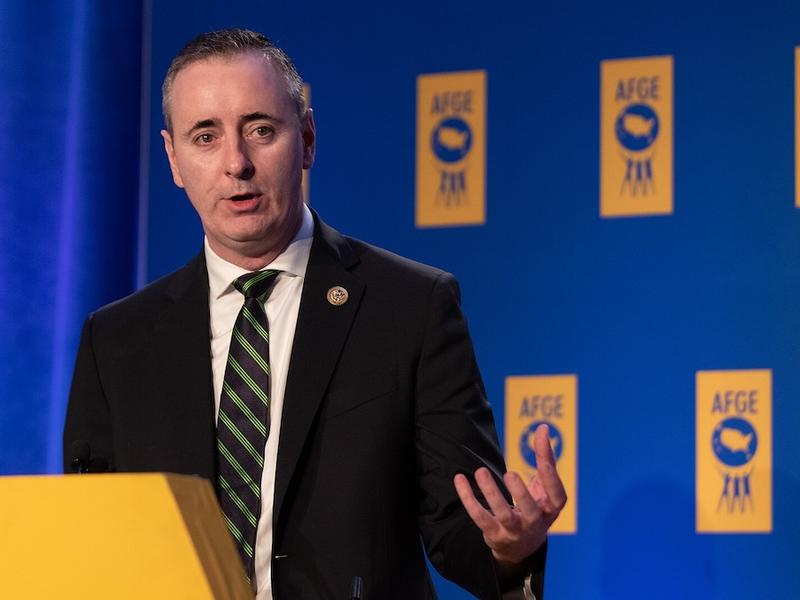
For a party that had a great night on Tuesday, Democrats aren’t really acting like it. Yes, they lost at least three Senate incumbents, but given the exposure they were up against, this is not such a bad result. They picked up at least seven governorships, including knocking off longtime Democratic adversaries like Wisconsin Gov. Scott Walker and Kansas Secretary of State Kris Kobach. And, of course, they picked up at least 35 House seats! Not that long ago, folks like me were skeptical that Democrats could overcome the structural challenges in front of them to net the 23 seats they needed to get a bare minimum majority. Getting to 35? Come on, now!
Yet, here we are two days later, and Democrats aren’t exactly swinging from the chandeliers. To be sure, it’s hard for the party out of the White House to drive a narrative. It’s especially hard in the era of Trump. Not only did he declare victory on Wednesday, but the President has already moved on to other issues, moving the focus of the news media along with it. Moreover, narratives get set on election night. Even as the ballot counting continues - and races may well be moving for the better for Democrats - the thoughts, feelings and instal-analysis from election night is very sticky and difficult to dislodge.
But, it’s more than that. Democrats wanted this election to be about more than just winning the House or the Senate. They wanted 2018 to be a total rebuke of Trump. A wipe out of epic proportions all across the country. That didn’t happen. What we saw instead was more of a retrenchment. Red areas stayed red; blue areas stayed blue. The only real movement was in districts that were purple — districts that had voted for Hillary Clinton, Barack Obama or had narrowly supported Trump- tipped overwhelmingly to Democrats. As my colleague David Wasserman pointed out, Democrats didn’t flip any district that Trump had carried by 55 percent or more.
The other reason Democrats aren’t as fired up about the 2018 election is that it failed to deliver an obvious frontrunner for 2020.
Many Democrats put their faith in charismatic statewide Democratic candidates like Andrew Gillum in Florida, Stacey Abrams in Georgia and, of course, BETO. Many were drawn to them because of their history-making potential. But, lots of Democrats saw them as virtual 2020 match-ups against Donald Trump. It’s hard to get all that excited about winning a bunch of House races if you believe that Donald Trump just won re-election.
Of course, this wasn’t an actual match-up with Trump. And, we know that midterm elections are not predictive of presidential performance. Even so, given the huge — in some places record-breaking — turnout this year, it’s easy to understand why/how many could mistake 2018 for a presidential election.
Take the Midwestern battleground states that Trump easily carried back in 2016. This year, Democratic gubernatorial candidates Fred Hubbell in Iowa and Richard Cordray in Ohio didn’t get the same fawning national media attention that Gillum, Abrams or Beto got. They weren’t going to make history. They didn’t make viral Instagram videos. They didn’t get Oprah or DJ Khaled to campaign with/for them. Even so, their losses were another reminder of the difficult path Democrats have in winning midwestern states that were once considered true toss-up territory.
We don’t have an answer yet on Arizona, but the closeness of that Senate race — combined with the Florida and Georgia results — was also a reality check for how challenging a 2020 “Sun Belt” strategy for Democrats could look like. To be sure, Democrats came very, very close to winning (and may still end up winning) - in states that Clinton did not. But, it wasn't a sweep. And, it wasn't decisive.
Even so, if we were to project the statewide results onto an Electoral College model, Democrats strong showings in Pennsylvania, Wisconsin and Michigan would be enough to make up for losses in Ohio, Iowa, Arizona and Florida.
Again, for the record, reading too much into a midterm election outcome is dangerous and often very wrong. But, we also know that the 2020 race for the Democratic nomination has started. And, I know from my conversations with Democratic activists, that many are uninspired by the cast of potential candidates in front of them now. The 2018 election was supposed to anoint a clear frontrunner. It didn’t. It may have put a renewed focus on midwestern-based figures like Sens. Amy Klobuchar of Minnesota and Sherrod Brown of Ohio. What 2018 did do, which is why Republicans aren’t disheartened by Tuesday’s results and Democrats are less than ebullient about them — was show just how similar the Electoral College map looks to the one in 2016.








Subscribe Today
Our subscribers have first access to individual race pages for each House, Senate and Governors race, which will include race ratings (each race is rated on a seven-point scale) and a narrative analysis pertaining to that race.